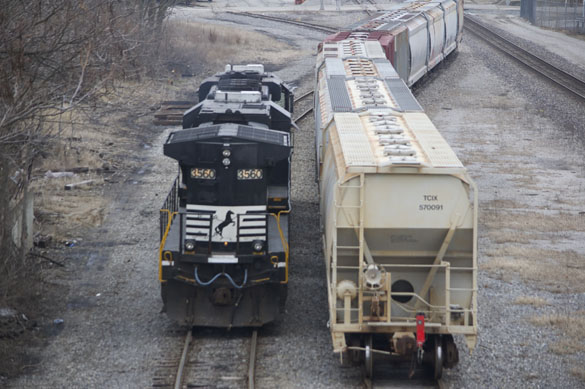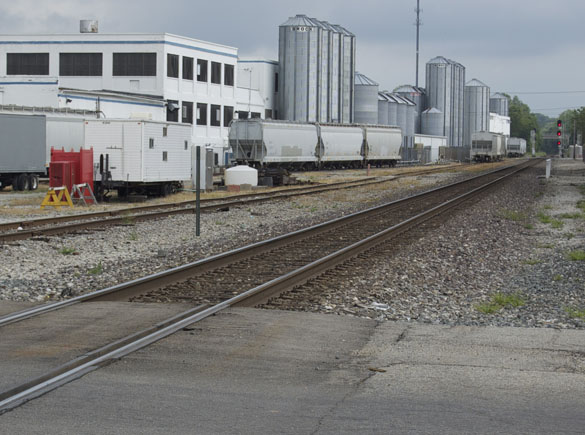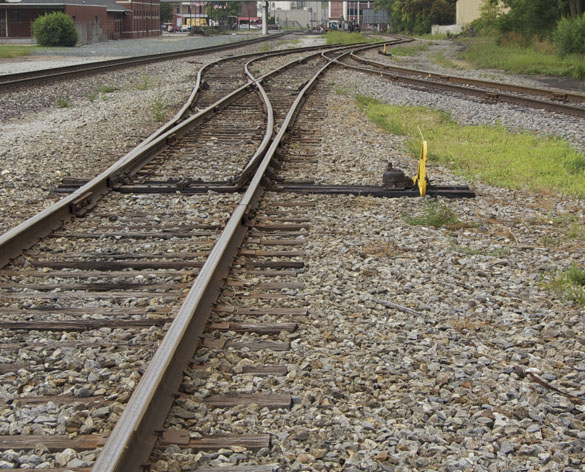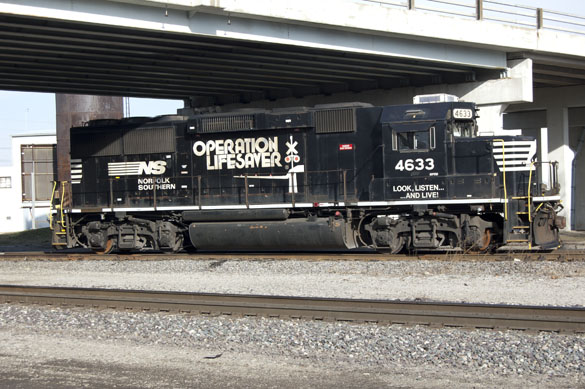I firmly believe that the quality of our understanding is directly related to the quality of the questions we ask.
I’ve been in this hobby in some manner for forty years. With that amount of experience, it’s easy to think I know it all. This is stupid of course because I haven’t even come close to learning it all. In fact, I’ve become more aware of how much I don’t know about the hobby and prototype railroading. The deeper I go into writing and publishing, the more I appreciate the power of curiosity. Staying curious is a great defense against complacency and that dreaded condition modelers my age are prone to: Know-it-all-itis.
Recently, I’ve been doing research for an upcoming edition of The Missing Conversation that will look at prototype switching operations. In analyzing such operations, it’s tempting to assume you know more than you do. Some aspects of switching are universal while others may be more complex than at first glance. So how to proceed?
When looking at a switching situation, we tend to focus on the track arrangement: how many tracks, turnouts are involved and so on. Of course we’re thinking about how much space will it will take to model this industry. Can I compress things? How much operational potential is here? These are legitimate concerns but I think they could be premature. Wouldn’t you be in a much better position to answer these questions once you have a thorough understanding of what the railroad is doing at this location?
What has to happen here?
Typically, empties are exchanged for incoming loads. In some cases it’s the opposite; loaded cars are pulled and replaced by empty cars. This is the basic premise of industrial switching operations and it can look simple on the surface but not always. In some cases, cars must be stored off-spot for a host of reasons. In my case study I discovered that some cars stored in this location are destined for another industry on the east side of town. I finally realized this after seeing the crew separate certain cars and then leave the area via a backing move down the main with the crew riding the “porch” on the end of the lead car to signal the engine in case of trouble. I’ve observed this more than once but didn’t make the connection until recently. Why store them here instead of at the other industry? There’s no room for them there. Plus, switching at the other plant requires use of the mainline. Sorting them out here keeps the main open.
Where will cars go?
Although every industry setting is different, I imagine the prototype looks at basic things like the following:
How much traffic does this industry generate?
How often does the plant need to be switched?
Who does the switching, a road crew or the plant via trackmobile, etc.?
Where will inbound cars go before being spotted for processing?
Where will outbound cars go before pick-up?
Is a runaround move needed?
In model railroading we typically model industrial trackage based on space available. And one of two things usually happens: we stuff in too much track or, rarely, we don’t include enough (also think short sidings of only one or two car lengths). We seem to love turnouts, using far too many compared to the prototype. We want a dedicated track for this and a track for that. Unless the industry served requires dedicated trackage for certain car types or commodities that’s not how a real railroad looks at industry trackage. Efficiency is the name of the game. They want the minimum amount of track required to do the work; so tracks will serve multiple functions where needed. When properly understood, this can work in our favor by providing more interesting operations and less crowded, more realistic scenes.
Can you avoid using the main?
The trackage at the plant I’m studying can be switched as a self-contained unit without fouling the mainline. All moves can be made as trailing point moves without doing a runaround. Cars that require a facing point move are drop switched (also called a flying switch) into position. In this specific situation, it’s easier on the ground crew and faster than doing the gyrations involved in running around blocks of cars constantly to cherry pick a single car out. Our models don’t coast like the prototype, so a different solution or procedure would be required on a layout. The crew only use the main for entering or leaving or, on occasion, to pull a very long cut of cars for classification. The main line is protected by a derail since the yard trackage is slightly elevated. After the engine enters the yard trackage, the derail is reset and the crew is free to move as needed.
How much time will this take?
As much as it takes is the simple answer. While working, no one gets in a hurry. Bad things happen on the railroad when people get in a rush. While watching, I’ve been surprised by how much time the engine waits for a crewmember on the ground to get in position to do his work. Since this job originates out of Fort Wayne IN, which is over a hundred miles away by railroad, crews will often be exchanged because one has outlawed on their time. This adds another layer of interest for modelers. How often does a model crew outlaw on work time? Hmmm.
Lance Mindheim among others, has been encouraging more realistic, slower paced operations for some time. I now watch these operations with a notepad close by to record observations. This not only helps in article research, but I also have the knowledge to draw from when it’s time to operate the I&W. As Yogi Berra is reported to have said: “You can see a lot by just looking.”
I’ll have more in-depth coverage in a future volume of TMC next year. For now, a careful study of prototype procedures may help in planning a better layout. Ask better questions and get better answers.
Regards,
Mike




0 Comments